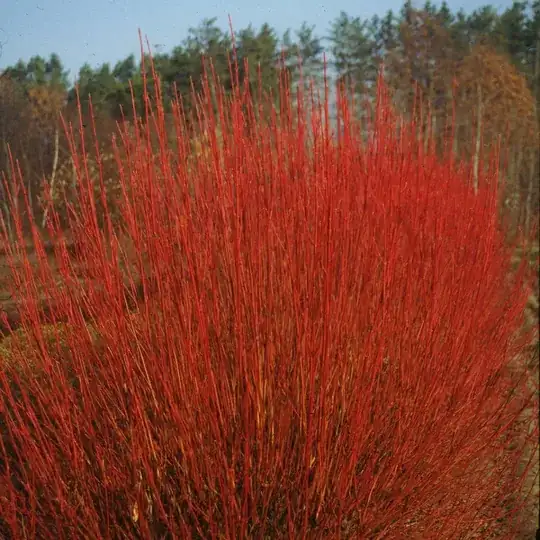I'm trying to add some plants to our backyard that can do well in healthy soil that does get very marshy several times during the summer. It's an area that receives some sun and some shade - probably more shade than sun.
Our backyard has an area that becomes marshy when it rains heavily, which is maybe 10 days throughout the summer. A large, beautiful catalpa tree is growing near the front center of the yard and that tree shades much of the area as the sun moves throughout the day.
Behind that tree, there is a gentle dip in the yard all the way from one side of the yard to the other with small pebbles in the center of the dip. It's very straight, obviously man-made, and when we bought the house several years ago, the inspector of the property said it was a "natural drainage ditch" constructed to allow rainwater to run across the yard.
It was easy to see that all the back yards had the same construction and that the intention was for the water to run out the end of the last backyard on the block into the ditch on the street. And it worked that way for years with no problem.
You possibly can guess what happened. A new neighbor moved in to the house next to ours and blocked the drainage ditch a few years ago. Almost immediately, our backyard became a swamp during rainstorms. We explained to the neighbor how the ditch works and he said he didn't care. He didn't want all that rainwater running across his yard.
So now, we have two choices. We can block the ditch on the other side and flood our other neighbor's yard, or we can try to figure out what to do with a backyard that gets very marshy eight to ten times each spring and summer.
Two summers ago, when this started, I just tried to deal with the neighbor. Last summer, I started trying to add plants to our back yard to help the marshiness, partially blocked the other side, and reopened the blocked side in several wider places that were hard for him to re-block. We can't deal with all the water from the block, but we can deal with some. He didn't seem to notice that I'd reopened it.
The remaining problem is that the recurring marshiness is causing a lot of mud around that narrow ditch. I tried planting ferns and lilies around the ditch in the healthy soil to hold the soil in place and stop the muddiness from being so severe last year but they all died.
Does anyone know which types of plants do well in warm, northern Kentucky weather, just south of Cincinnati, when planted in good soil that gets marshy several times a year?
